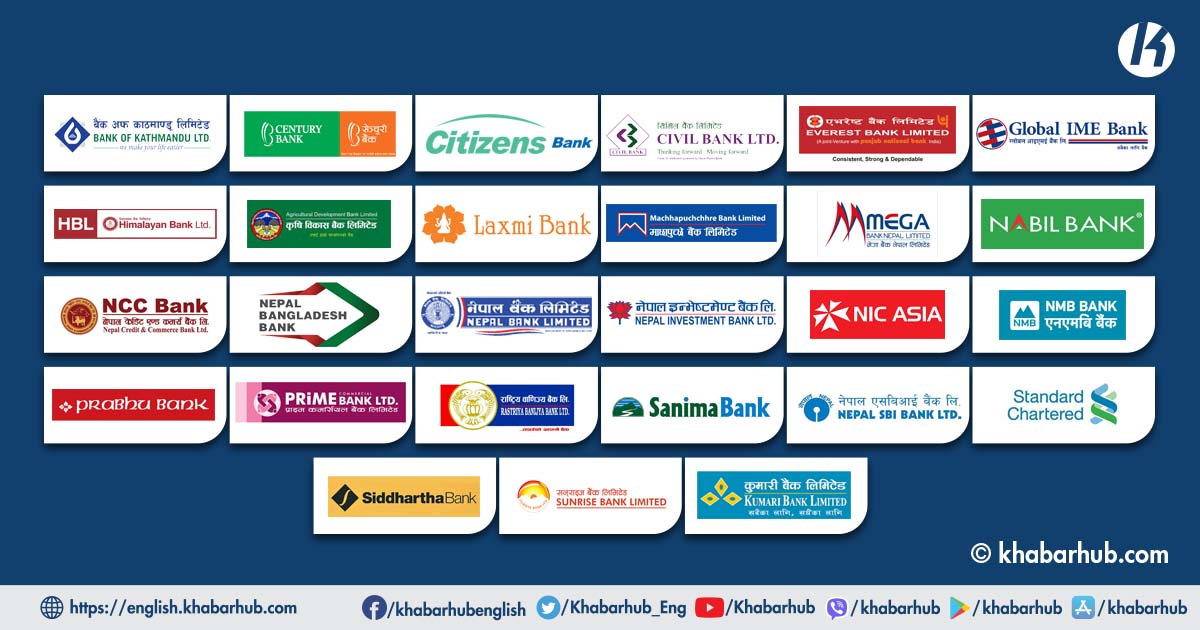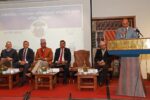KATHMANDU: The ongoing liquidity crunch reached its peak yesterday (Monday) as public offices opened following the suspension of Nepal Rastra Bank (NRB) governor at the end of last week and Sunday being a public holiday.
Banks and financial institutions (BFIs), surpassing past records, availed Standing Liquidity Facility (SLF) of Rs 1.99 billion on Monday alone. This is the highest SLF borrowing in the history of the Central Bank, Nepal Rastra Bank (NRB).
SLF is provided by the Central Bank at an interest rate of seven percent for seven days (short term) help BFIs manage liquidity crunch. As many as 49 BFIs availed SLF of Rs 1.99 billion yesterday.
Earlier on March 9, the record of highest amount taken by 33 BFIs under SLF had stood at Rs 63.41 billion. After that, SLF was being used at an average rate of Rs 40 billion. BFIs have been availing SLF since July 28, 2021, of the current Fiscal Year.
BFIs had started with availing SLF of around Rs 500 million on the first day of the current fiscal; however, the same has crossed over Rs 100 billion amidst ongoing liquidity crisis.
At a time when the rise in interest rates is failing to attract deposits, the Credit to Deposit (CD) ratio in BFIs has reached an average of 93 percent as banks have not halted credit expansion.
BFIs, especially banks, even lack the mandatory Cash Reserve Ratio (CRR) to be maintained in NRB when expanding credit amid cash shortage.
BFIs should maintain Rs three in NRB for every Rs 100 deposit in the institution. As banks lack even the said cash reserve of Rs 3 per Rs 100 in deposits, they have largely utilized SLF, resulting in SLF amount to swell and break record.
As of yesterday (Monday) in this running fiscal year, BFIs have borrowed altogether Rs 56.50 billion through SLF.
“At present, banks are not in a position to allocate three percent CRR on deposits,” said a banker. “Deposits are declining and all of it has been invested. In such case, BFIs are managing CRR using SLF.”
Accordingly, money is expected to flow out of the banking system for paying taxes in mid-April, resulting in further declining deposits. “Highest use of SLF is seen also to manage this scenario before the quarter ends,” he added.
“Another reason is banks have been increasing their investment in government bonds. The margin is small as banks borrow at seven percent whereas the interest rate on bonds is above 8 percent,” said the banker, adding, “However, not all BFIs possess such capacity to maintain that margin. BFIs can avail next SLF only after clearing their previous obligations.”
Though banks have been using inter-bank lending facility, the same has come to a halt for the past one week. At present, every bank has at least Rs three to four billion SLF liability and some banks have utilized SLF up to Rs 10 to 12 billion.
Earlier, SLF was available at 5 percent interest rate, which has been increased to 7 percent. However, BFIs have not stopped using SLF in face of increasing interest rate. Even, the interbank lending rate has reached 7 percent.
BFIs on Monday used an overnight repo of Rs 1.82 billion as well.
Meanwhile, as of yesterday (Monday), the loan liability of BFIs to NRB has reached Rs 212.80 billion.









Comment